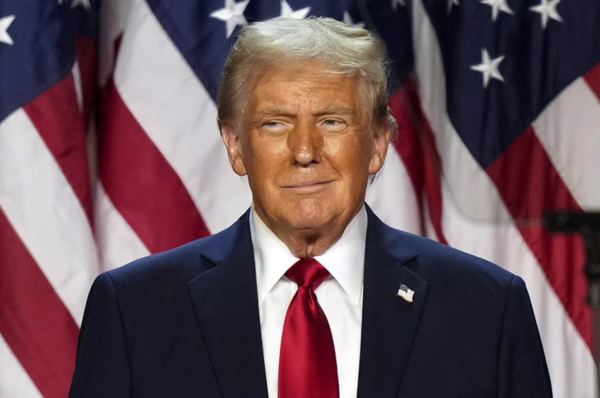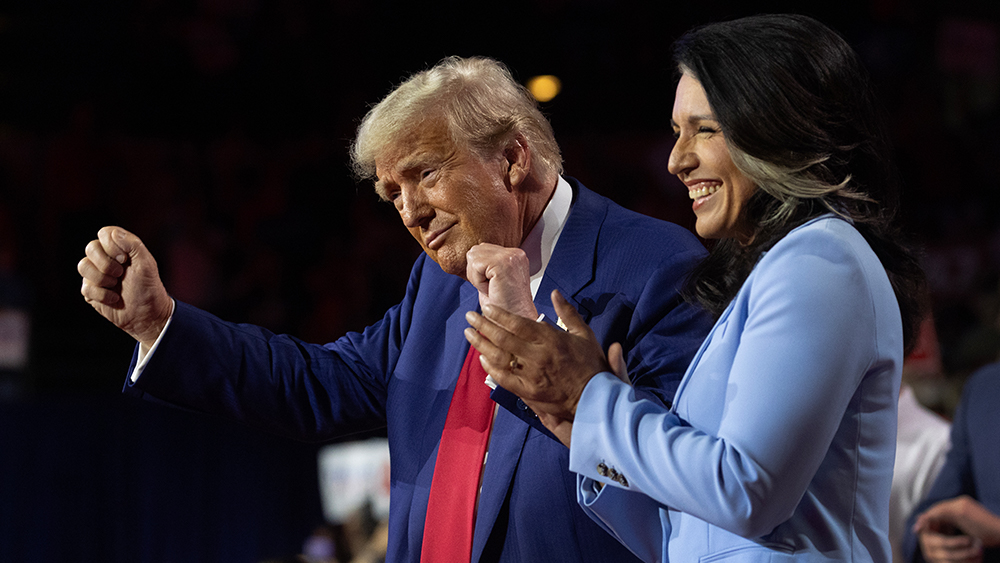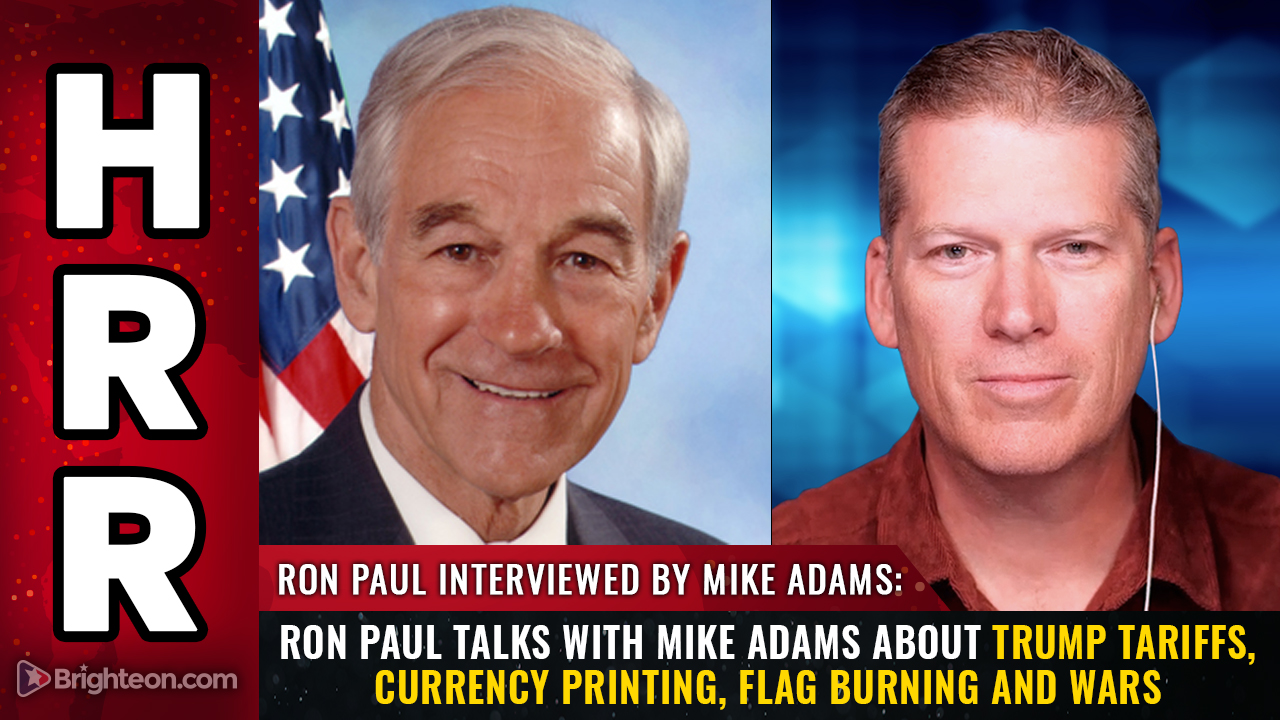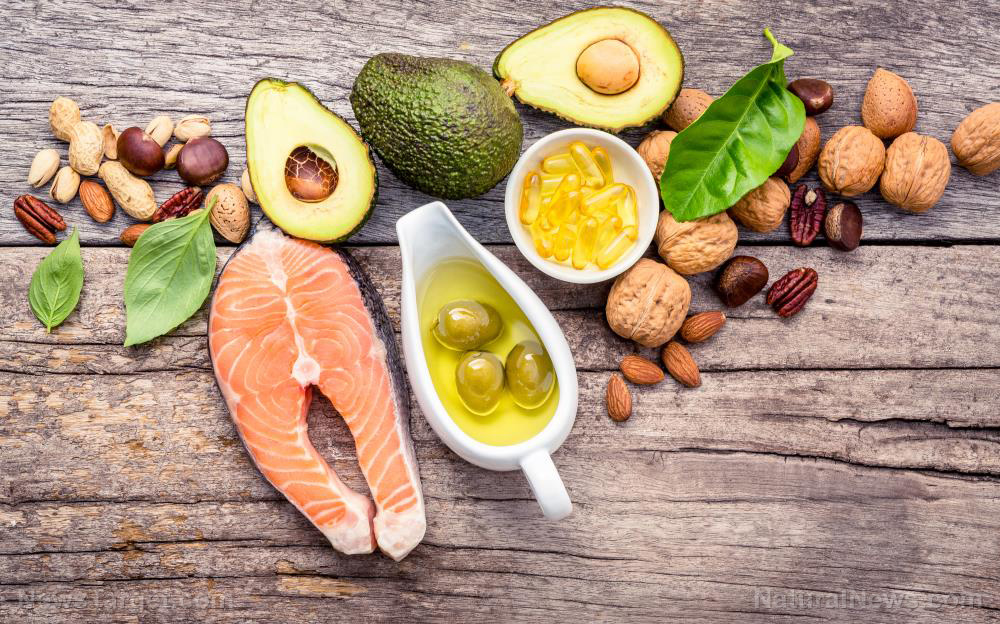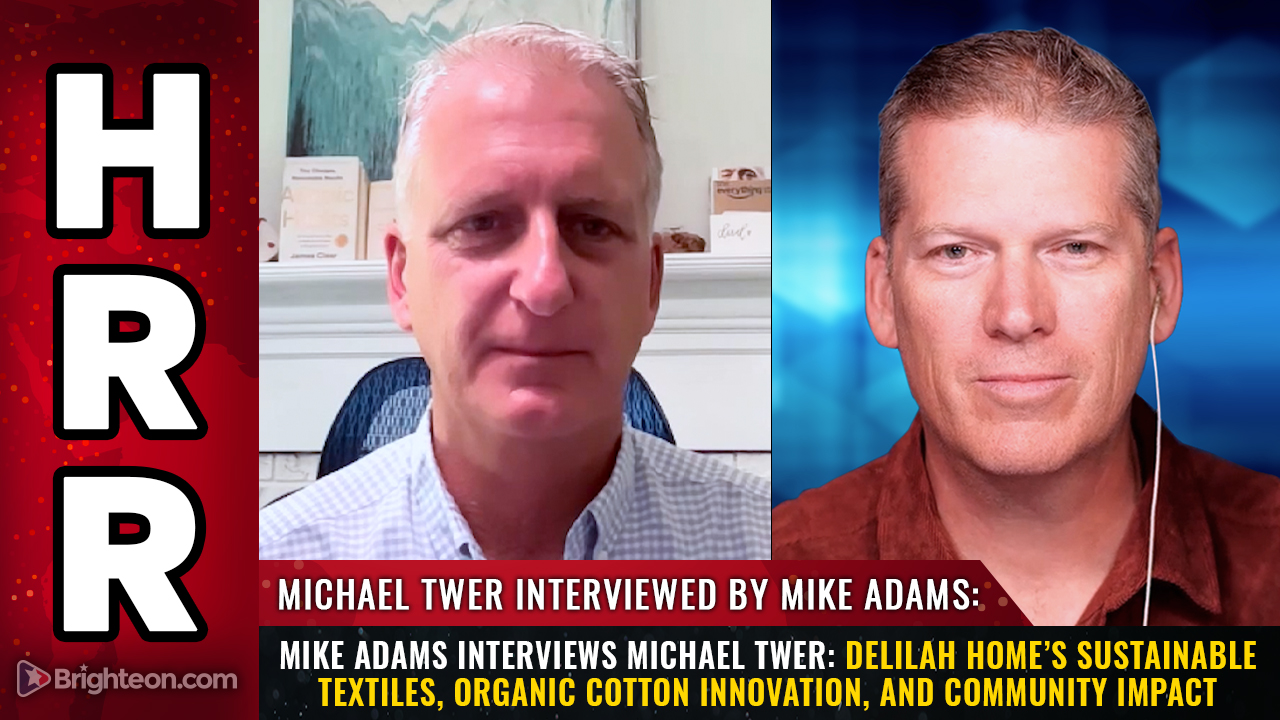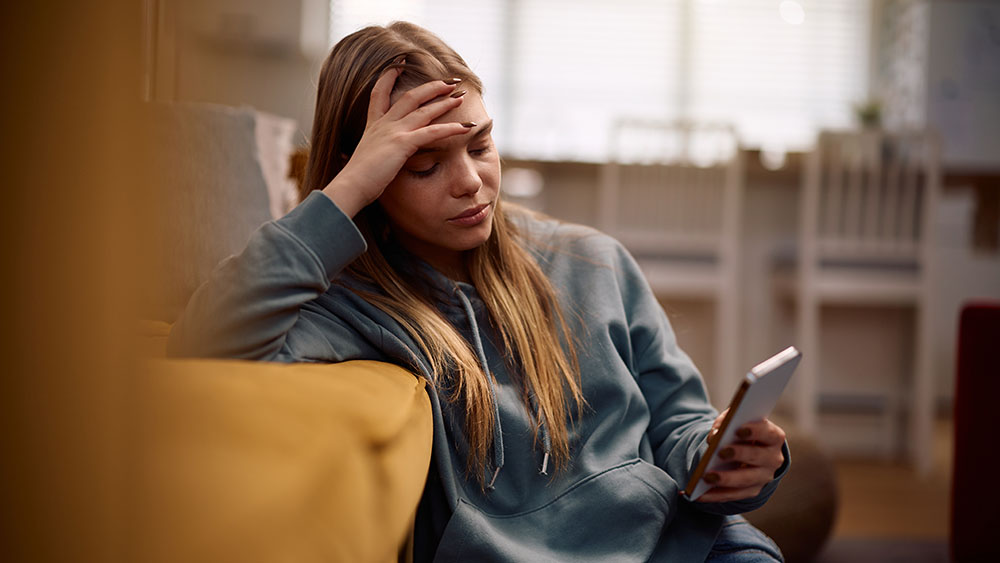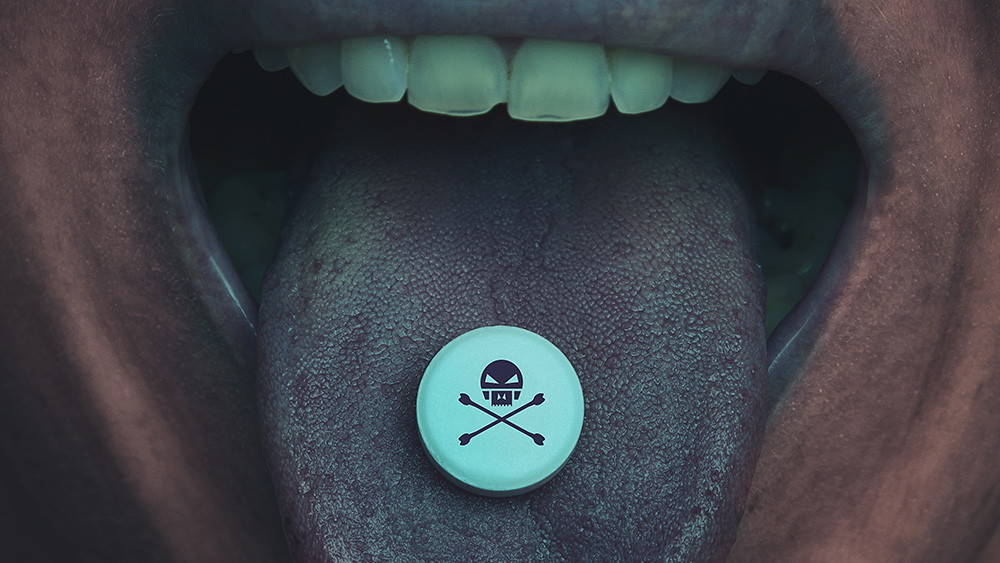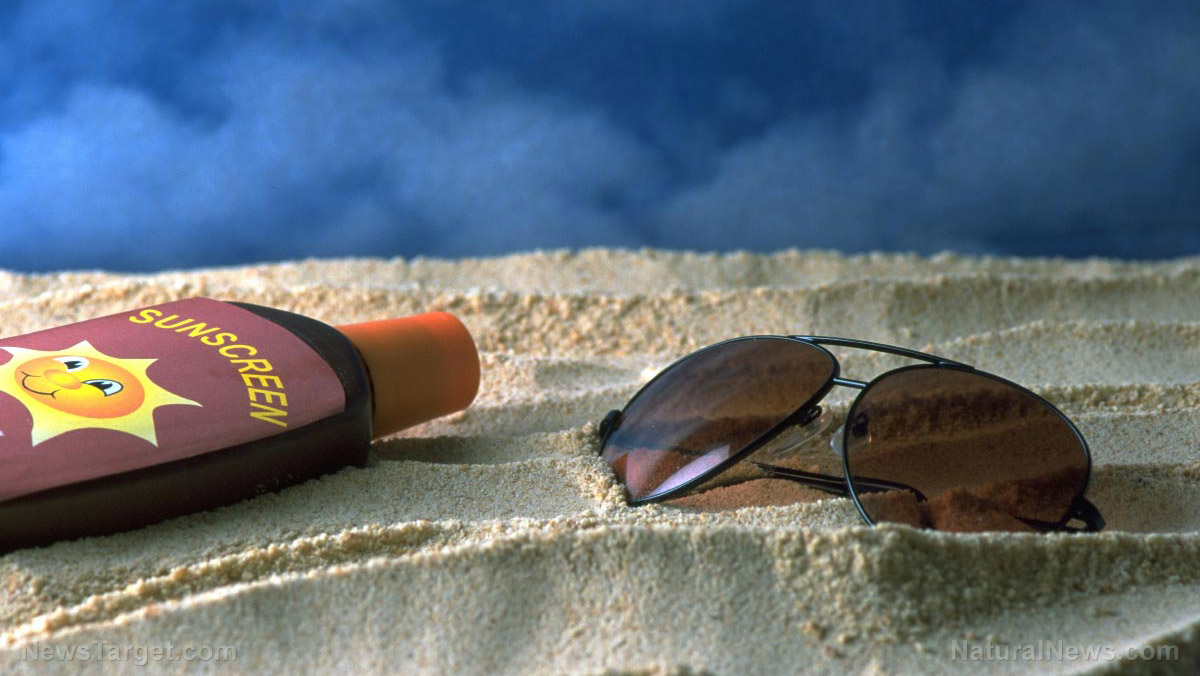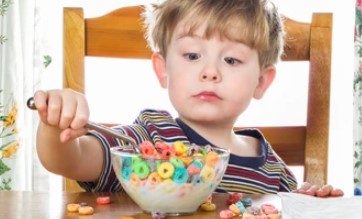
- WK Kellogg Co. will remove all artificial dyes from its cereals by 2027 due to a binding legal agreement with Texas AG Ken Paxton, targeting school cereals first by 2026.
- The move follows scrutiny of dyes like Red No. 40 and Blue No. 1, linked to hyperactivity in children, though Kellogg acted only after years of selling dyed products in the U.S. while removing them in Europe.
- While competitors like General Mills also shift to "cleaner" labels, skeptics argue synthetic dyes are a distraction from unlabeled toxins (e.g., glyphosate, heavy metals) that pose greater health risks.
- Some studies suggest dyes may worsen ADHD, but the FDA considers them safe for most. Red No. 3 (linked to thyroid cancer in rats) was recently banned — though Kellogg claims it hasn't used it in decades.
- Critics argue protesting cereal dyes ignores graver issues like vaccine injuries, pesticide exposure and global crises (e.g., Gaza), calling the focus on Kellogg's "virtue signaling" rather than systemic change.
The legal crackdown on synthetic dyes
Texas AG Ken Paxton's office spent months investigating Kellogg's use of artificial dyes like FD&C Red No. 40 and Blue No. 1, which, though FDA-approved, have faced scrutiny for potential links to hyperactivity in children. The resulting legal agreement forces Kellogg to reformulate its products, with school cereals dye-free by 2026 and all retail products by 2027. While Kellogg insists this aligns with its "health-forward" mission, skeptics note the company only acted under legal duress after years of selling brightly colored cereals in the U.S. while removing dyes in Europe. (Related: RFK Jr. gives food companies two years to remove harmful artificial dyes.)A trend or a trap?
Kellogg isn't alone. Competitors like General Mills and Kraft Heinz have pledged similar changes, responding to consumer demand for "cleaner" labels. Yet critics argue these reforms are largely performative. Synthetic dyes, while controversial, are at least transparently listed on packaging — unlike glyphosate residues or heavy metals in produce, which evade labels entirely. The focus on dyes, they say, lets corporations off the hook for more insidious toxins while appeasing activists with superficial wins.The science behind the scare
Artificial dyes are derived from petroleum and coal tar, a fact that alarms many parents. Some studies, including a landmark 2007 U.K. report, suggested dyes might exacerbate ADHD symptoms in sensitive children. Yet the FDA maintains they're safe for most people, and even the European Union — which requires warning labels — hasn't banned them outright. Meanwhile, Red No. 3, linked to thyroid cancer in rats, was banned in foods this year — but Kellogg claims it hasn't used the dye in decades.Bigger fish to fry
While activists rally against cereal dyes, broader food safety crises go ignored. Pesticides like glyphosate, endocrine-disrupting plastics and aluminum adjuvants in vaccines — all with documented health risks — rarely spark protests of this scale. Radio host Shannon Joy recently lambasted the Kellogg's boycott as "virtue signaling," urging activists to target Pfizer over vaccine injuries instead. Others point to Gaza's humanitarian crisis, asking why marching against Froot Loops takes precedence over life-and-death issues.A distraction or a victory?
Kellogg's dye ban is a win for transparency, but it's hardly the revolution activists claim. In a world where children face war, pharmaceutical risks and unlabeled chemical exposures, protesting cereal colors seems myopic. As Paxton hails his legal victory, consumers should ask: Why stop at dyes when the food system's real dangers remain unchecked? The answer may lie in corporate convenience — after all, swapping dyes is easier than dismantling an industry built on hidden poisons. Watch the Health Ranger Mike Adams talk about breakfast cereal. This video is from the Health Ranger Report channel on Brighteon.com.More related stories:
Study reveals the HIDDEN DANGERS in children's breakfast cereals. Top 10 most likely breakfast cereals to contain GMO corn. Hidden toxins: Certain breakfast cereals could cause cancer, researchers warn. Pesticide linked to reproductive issues found in popular oat-based breakfast cereals. Artificial food colors cause hyperactivity in children. Sources include: Yournews.com abcnews.go.com FoxNews.com Brighteon.comTrump threatens tariffs and export curbs over foreign digital taxes on U.S. tech firms
By Laura Harris // Share
A discovery of hidden truths: DNI Gabbard uncovers concealed “burn bag” documents
By Willow Tohi // Share
Ron Paul warns: Government ownership of corporations signals rising fascism in America
By Finn Heartley // Share
RFK Jr. demands medical schools teach nutrition or face federal consequences
By Cassie B. // Share
Organic textiles revolution: How Delilah Home is fighting toxic chemicals in everyday fabrics
By Finn Heartley // Share
Israeli units in Somaliland will be TARGETED, Houthi leader warns
By ramontomeydw // Share
New York mandates social media warning labels to combat youth mental health crisis
By bellecarter // Share
New Zealand's gas crisis deepens as domestic production plummets
By bellecarter // Share
Study links widely prescribed opioid to increased risk of deadly heart conditions
By bellecarter // Share
New study reveals "beer belly" fat poses greater heart risks than overall obesity
By patricklewis // Share
The sunlight paradox: How fear of sun exposure is fueling a vitamin D deficiency crisis
By dominguez // Share
